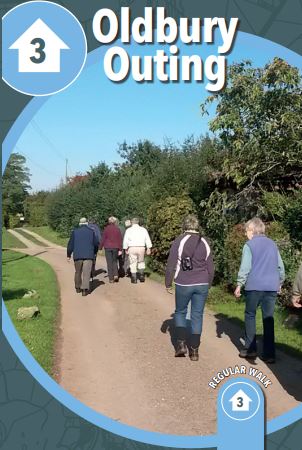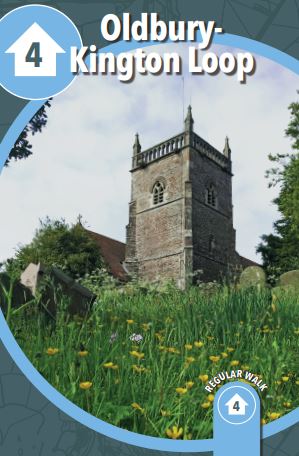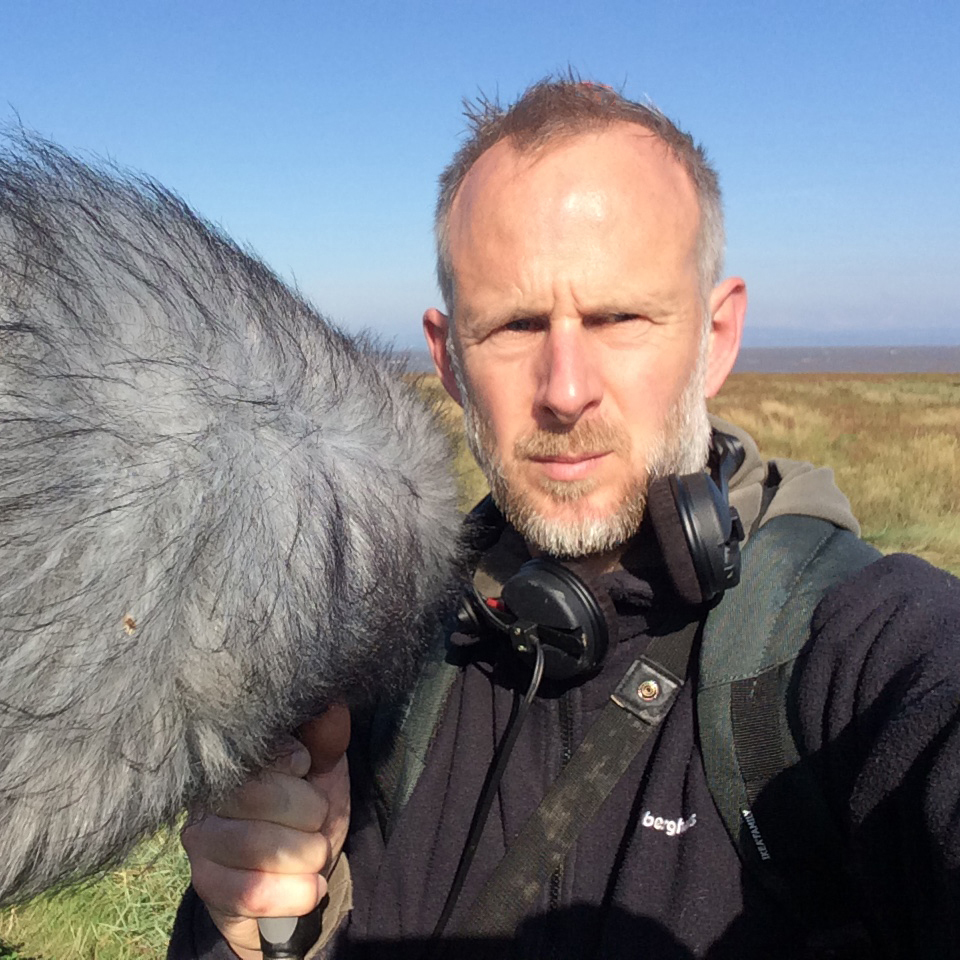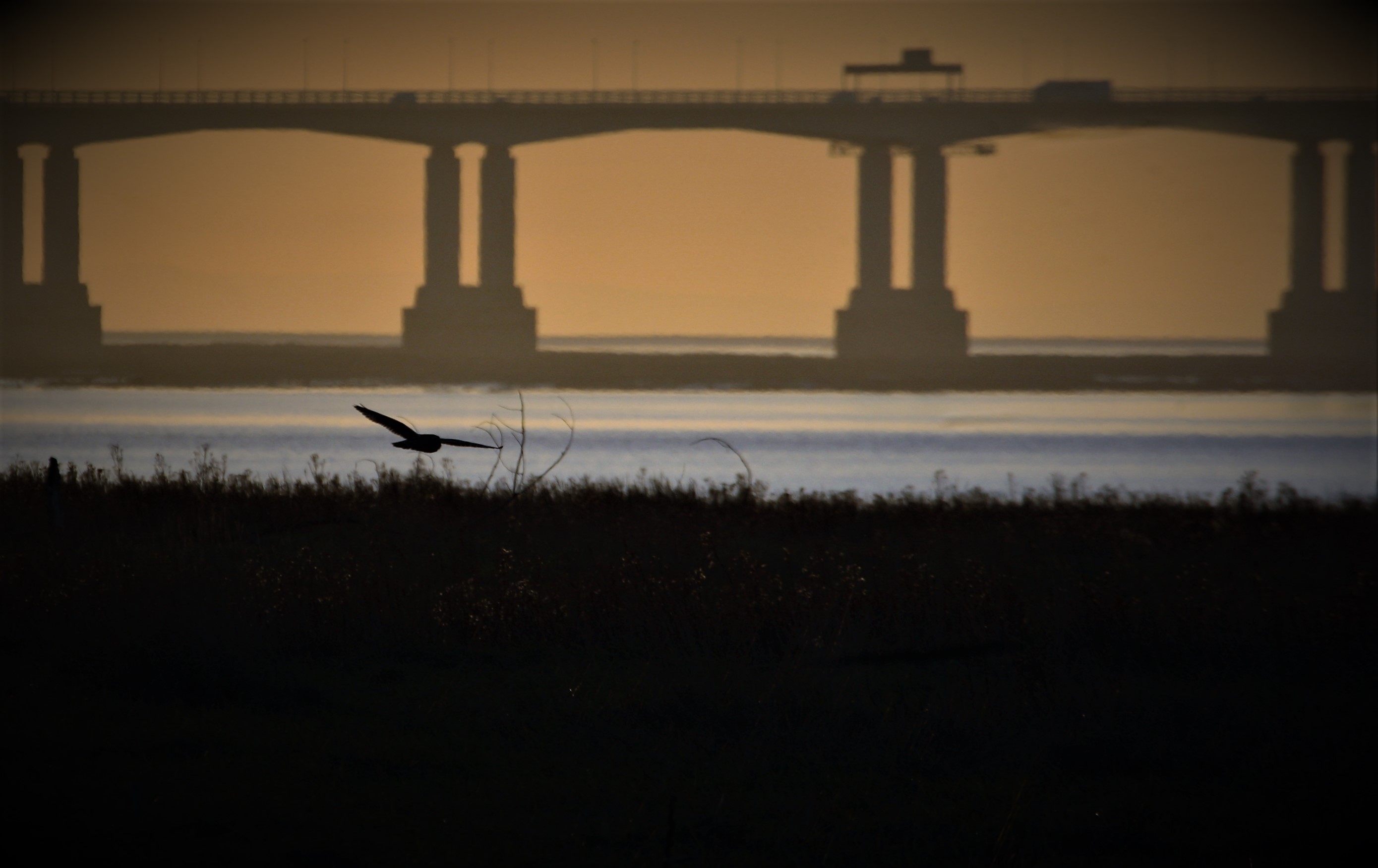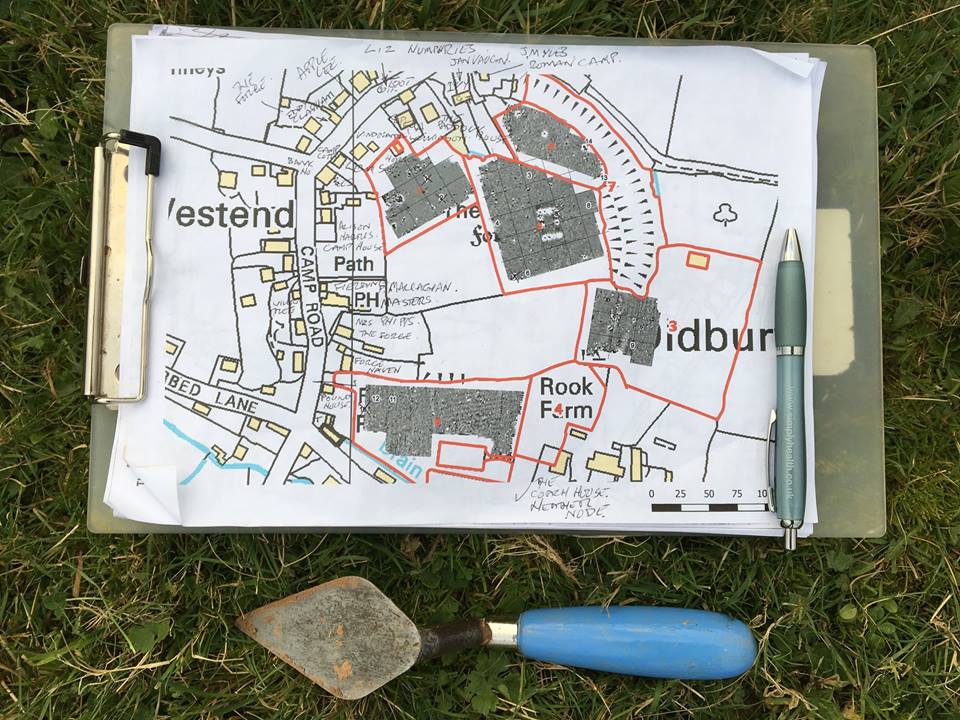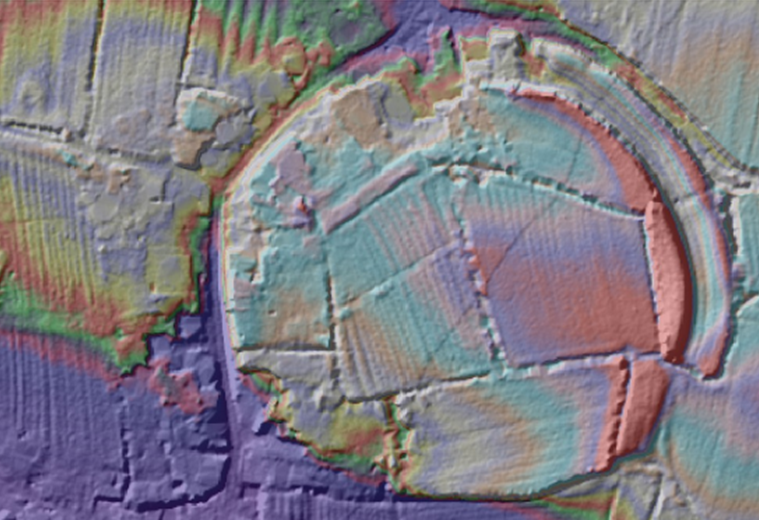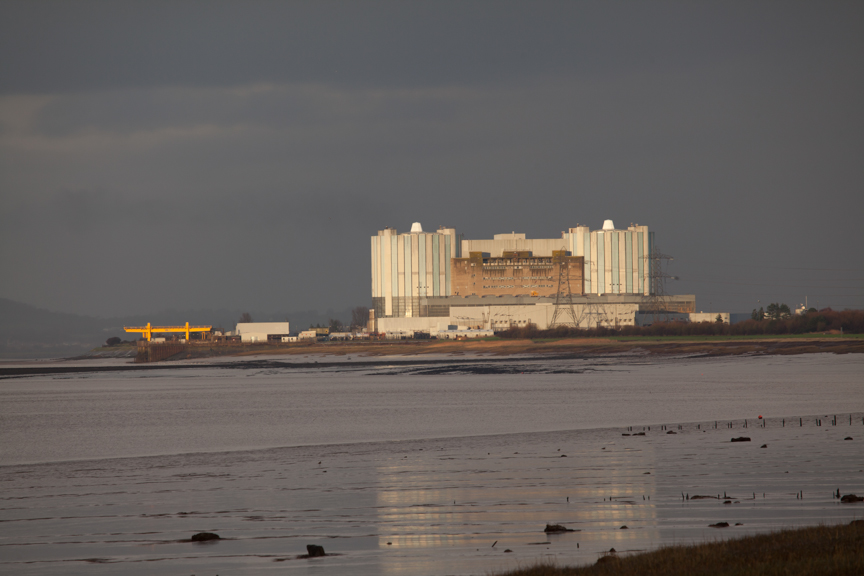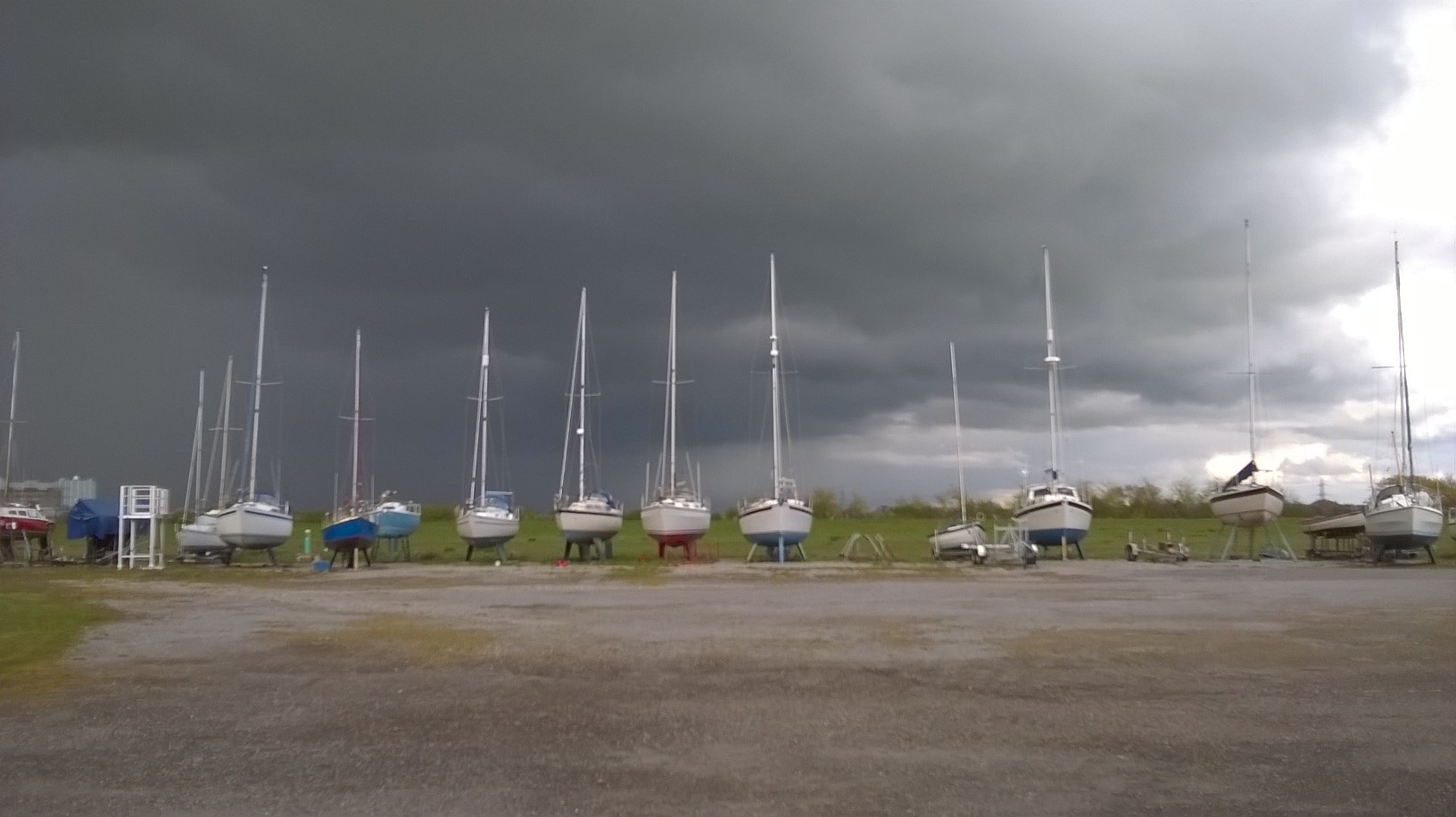Shaping the Landscape / Archaeology
Archaeology of the Lower Severn Levels
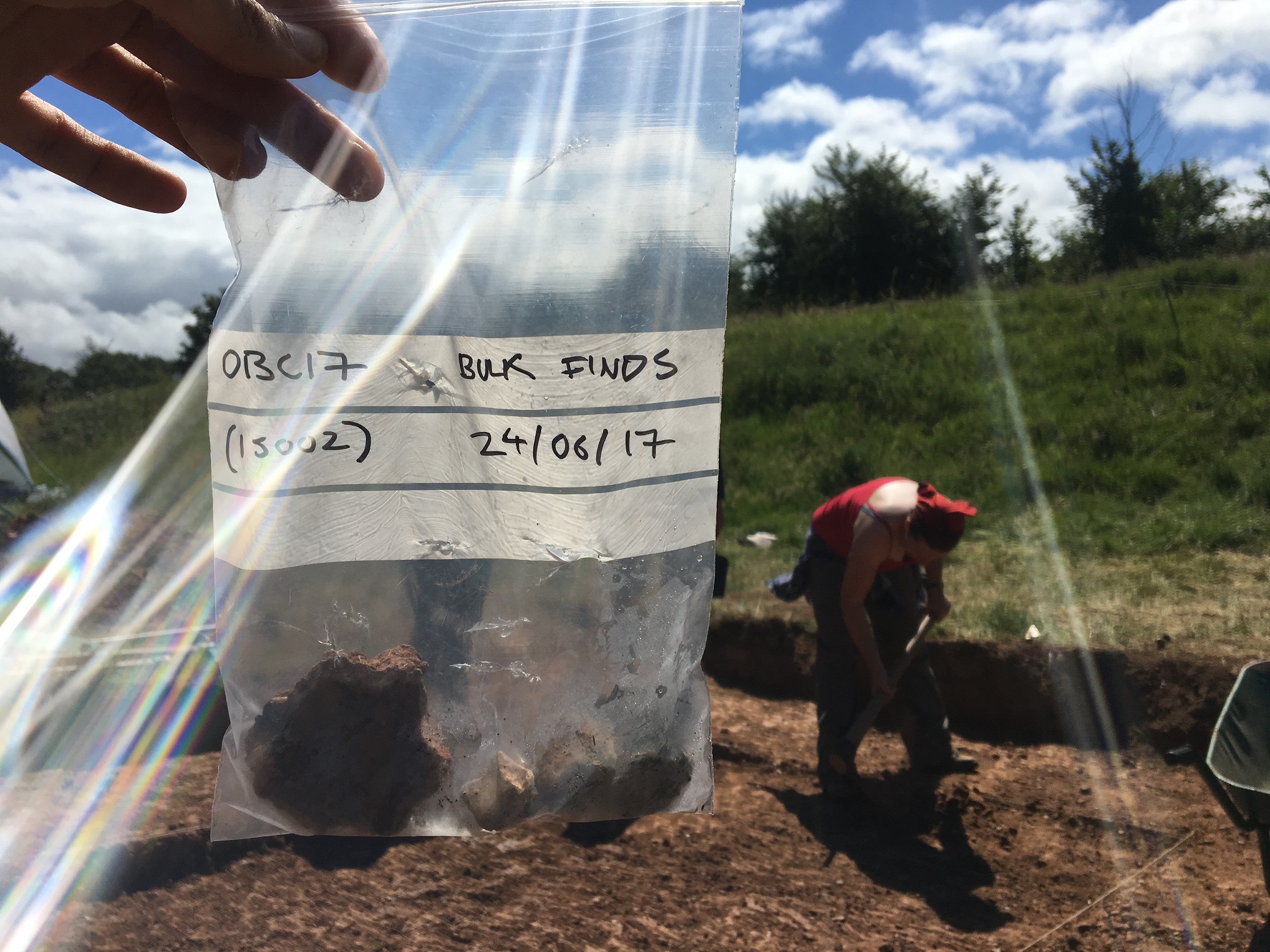
A Forgotten Landscape’s scheme area is one of the most important archaeological landscapes in Britain.
The area alongside the River Severn includes an intertidal zone, salt marsh and fertile dry land, and represents a unique and changing environment that humans explore and interact with. The river itself has always carried people, goods and ideas up and down its stream, bringing communities together.
Archaeological discoveries have shown:
- Prior to the start of the Neolithic period, the landscape was a changing habitat of reed-swamp, fen woodland or saltmarsh
- During the Neolithic and Bronze Ages, there were intermittent periods of minor colonisation, mainly shown by evidence for woodland clearance before inundation by sediments relating to mudflat or salt marsh environments resulted in a general cessation of human activity
- Iron Age activity was equally sporadic but a major settlement was located at Hallen where an unenclosed and possibly permanent, albeit short-lived, settlement existed in the 2nd or 3rd centuries BC. The people who lived here practised pastoral farming: shepherding of the grassland in the summer months
- The Roman period saw widespread land reclamation as flood defences and settlements were established over a wide area. This was a high risk but high reward strategy and Roman settlements found at various locations throughout the area demonstrate the success of people investing in this landscape
- In the Early Medieval period, the marshland reclaimed for farming in the Roman period was once again regularly flooded. These silt-laden inundations caused renewed deposition of alluvium and saltmarsh vegetation re-colonized the landscape
- However, by the 11th century reclamation was occurring once more and this would be a defining time in the shaping of the landscape. Not only did more permanent settlements occur, but field systems and the ubiquitous ridge and furrow were established
Although most of the history of the area has focused on the close interaction between humans and the environment, there were periods of history where structures were built for purposes beyond the function of the land itself. This is notable during World War II.
What we got up to
A Forgotten Landscape supported communities in discovering more about the archaeology of the area through our archaeological surveys, the Oldbury Camp Community Dig and investigating the levels landscape using remote sensing.
Project volunteers and staff presented at archaeological conferences, we hosted visits for school children and the Bristol and Bath Young Archaeologists Club and joined in with Bristol’s Brilliant Archaeology Festival to share our enthusiasm for the area’s archaeological heritage with a wide audience.



